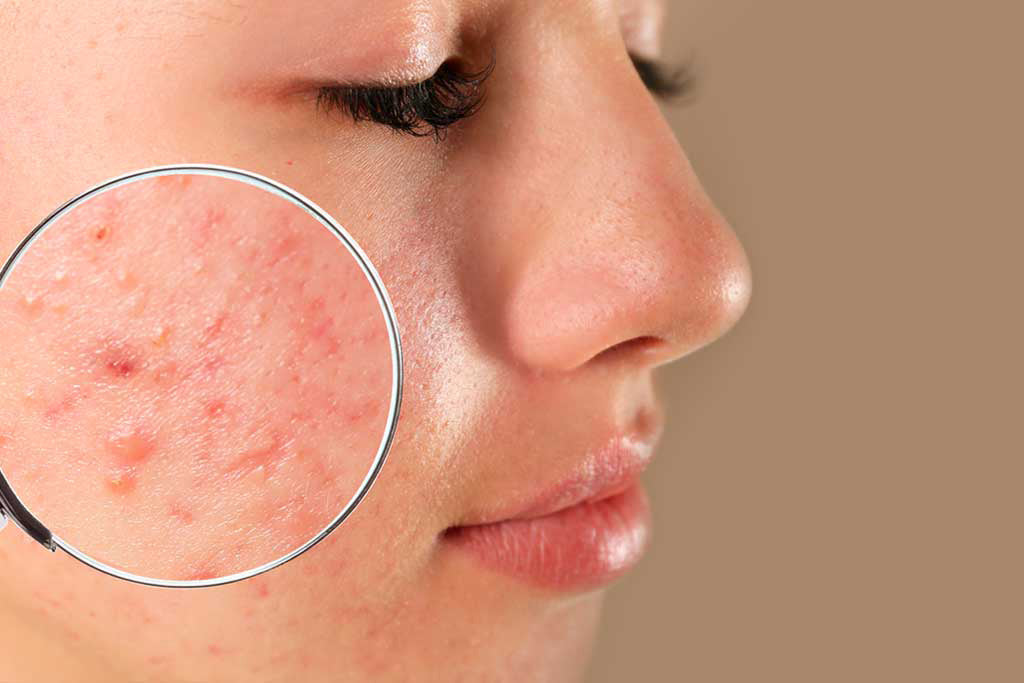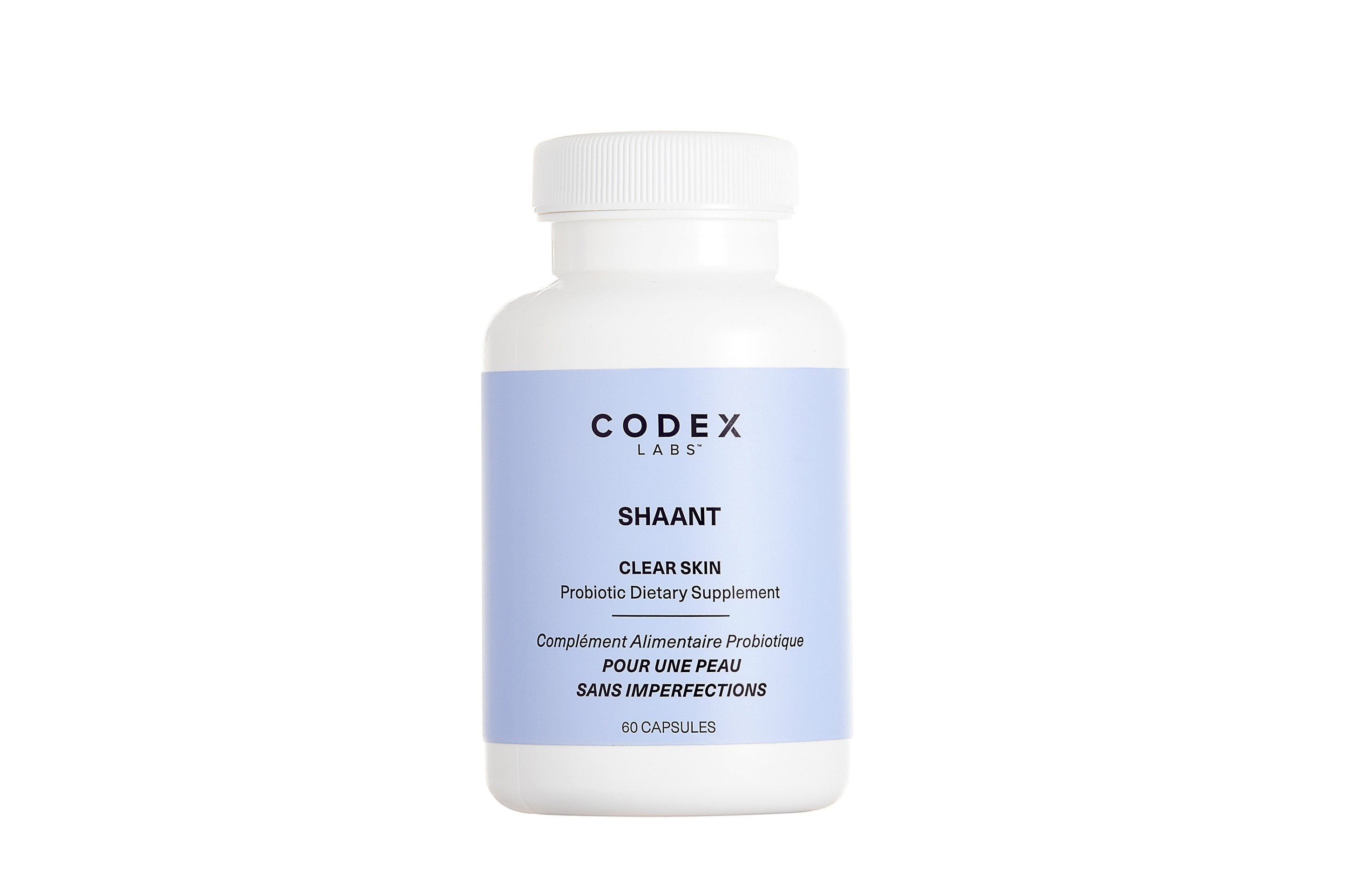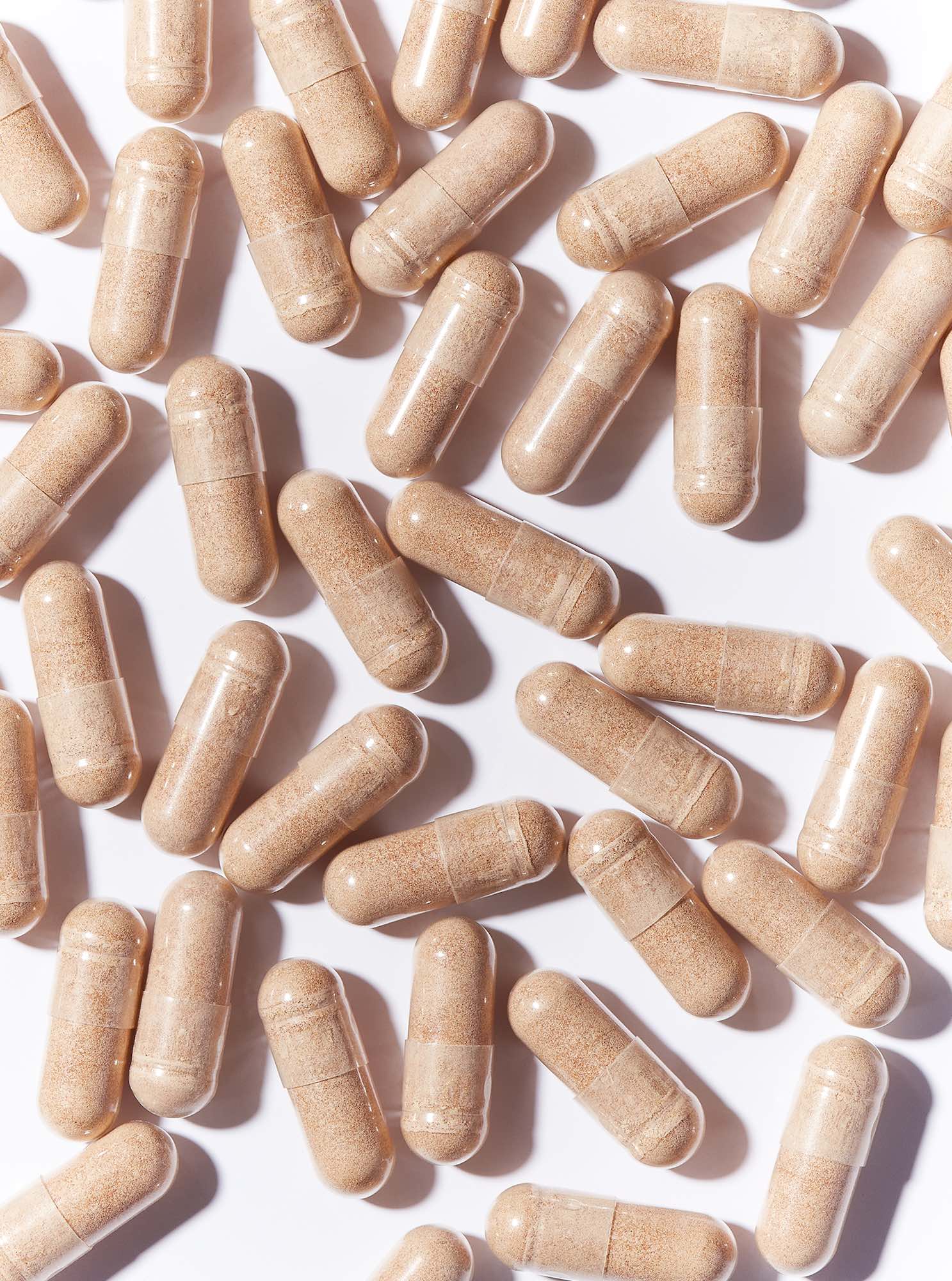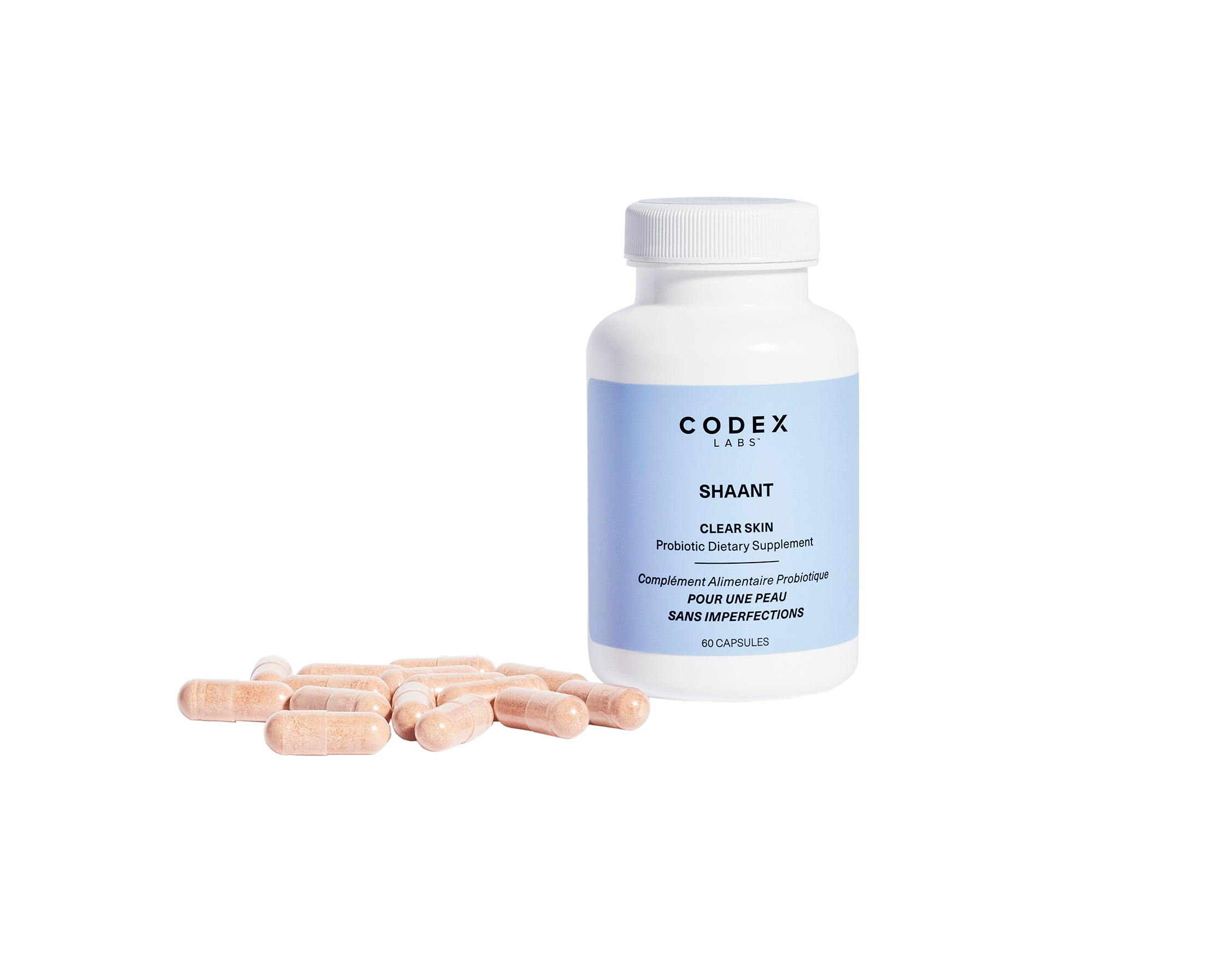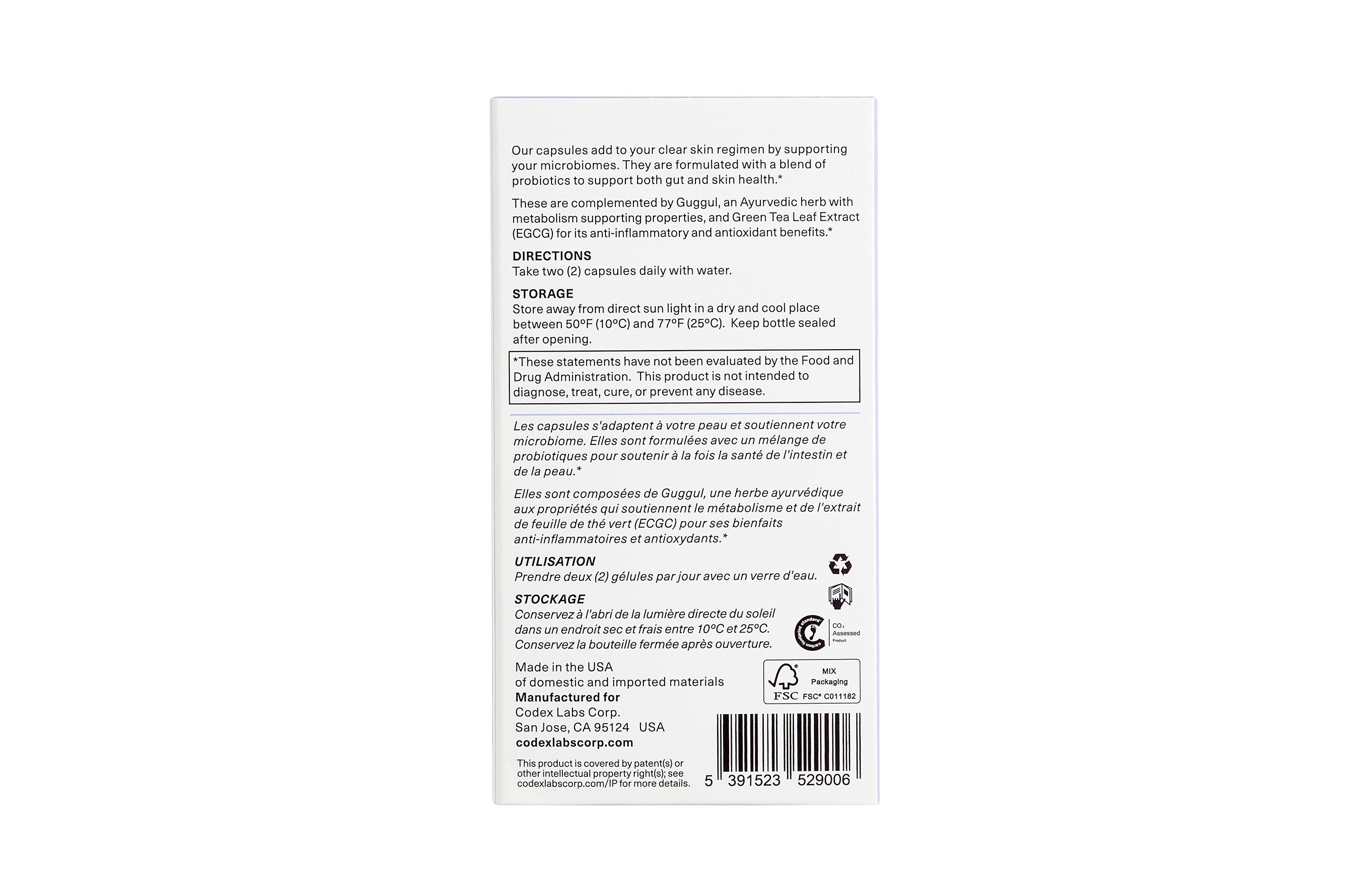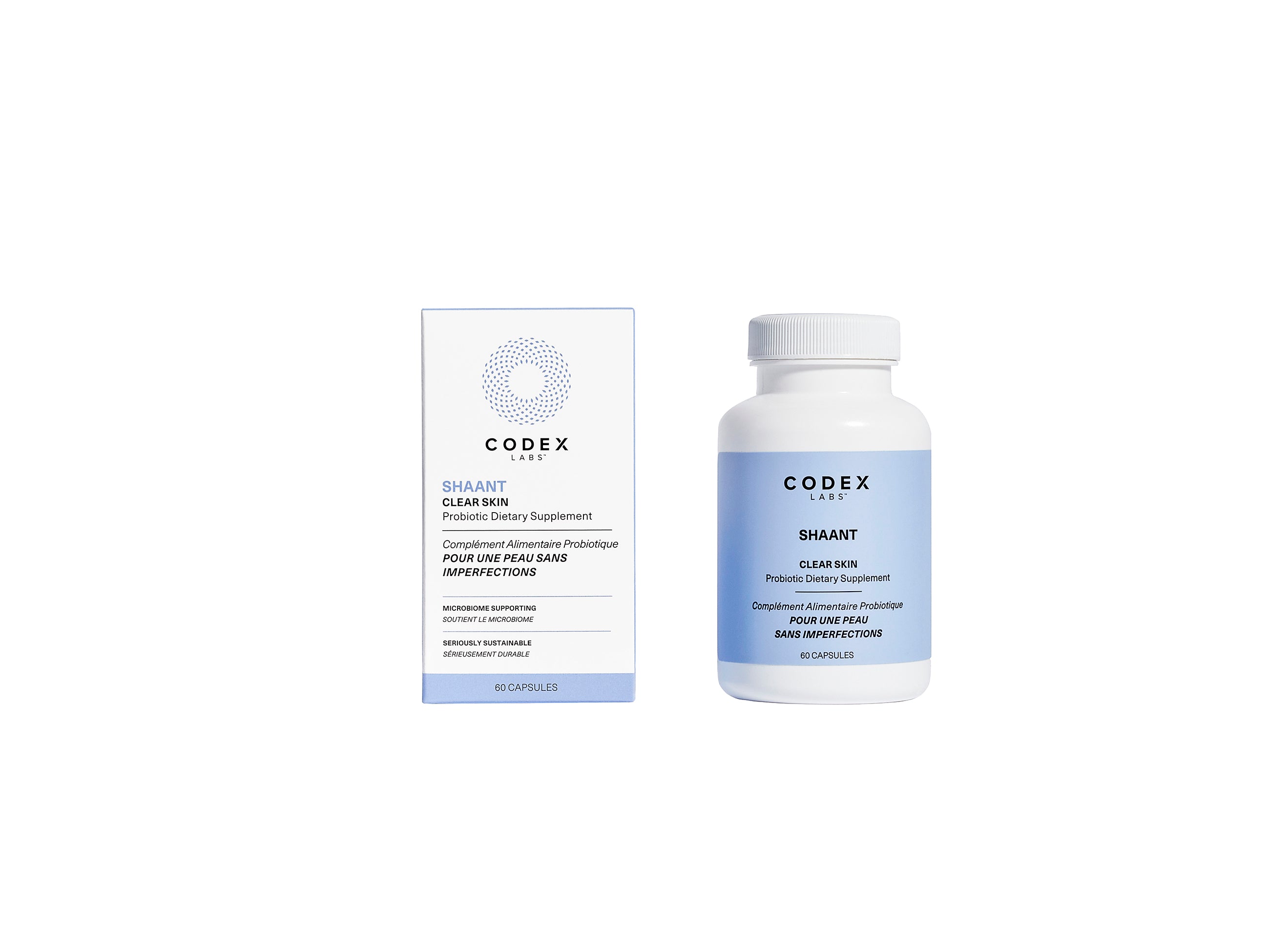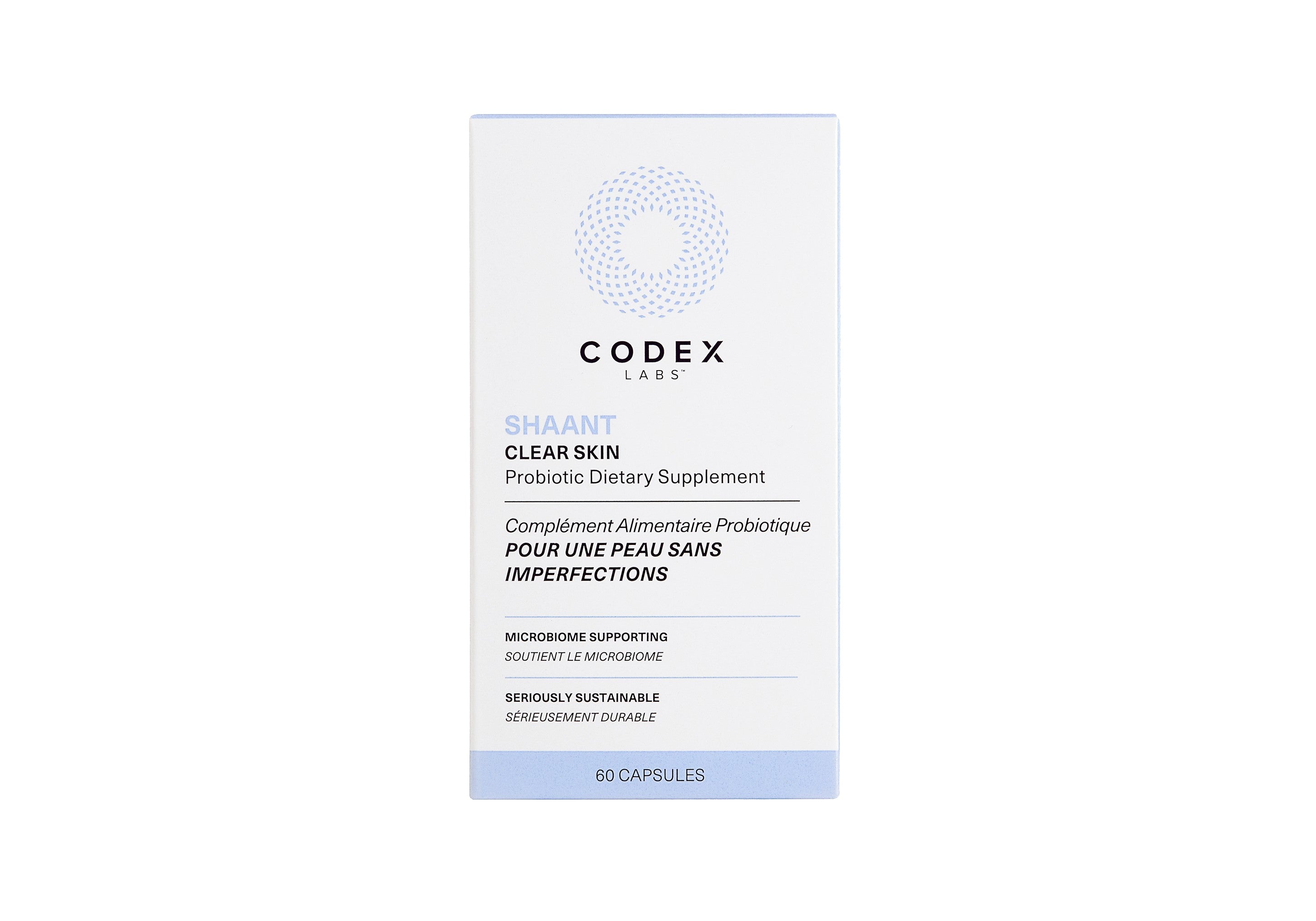Introduction
Acne is a common skin condition that affects millions of people worldwide. It can take on various forms, from pesky blackheads and whiteheads to painful cysts. However, not all acne is created equal. Distinguishing between hormonal vs bacterial acne is crucial for effective treatment and management. In this comprehensive guide, we’ll explore the intricacies of bacterial vs hormonal acne to help you better understand their differences and guide you towards the right course of action for clear, healthy skin that looks as good as it feels.

Understanding Hormonal Acne [1]
Hormonal acne is oftentimes triggered by fluctuations in hormone levels produced by the body, particularly androgens like testosterone. These hormonal imbalances can lead to increased sebum production, clogged pores, and of course, inflammation, leading to the eventual development of hormonal acne lesions. Commonly affected areas include the chin, jawline, and cheeks. Unlike other types of acne, hormonal acne tends to be deeper and more cystic in nature, causing significant discomfort and negatively impacting self-esteem.
Identifying Bacterial Acne [2]
Bacterial acne, on the other hand, is caused by an overgrowth of Cutibacterium acnes (C. acnes) bacteria on the skin. These bacteria thrive in environments where there is excess sebum leading to waxy plug formation, inflammation and the formation of pimples. Bacterial acne typically presents as whiteheads, blackheads, and pustules which can appear anywhere on the face, back, or chest. Unlike hormonal acne, bacterial acne may be more responsive to topical treatments targeting the underlying bacterial growth.
Differentiating Between Hormonal vs Bacterial Acne
While hormonal and bacterial acne share some similarities in appearance, such as inflammation and pustule formation, there are key differences that can help distinguish between the two. Hormonal acne tends to be more persistent and may worsen during certain time of the menstrual cycle or during times of hormonal fluctuation like those experienced during menopause. In contrast, bacterial acne can vary in severity depending on factors like hygiene, diet, and skincare habits. Proper diagnosis by a dermatologist is beneficial, if not essential, for determining the most appropriate treatment option.
Diagnosing Acne Types [3]
When it comes to diagnosing acne types, especially distinguishing between bacterial acne vs hormonal acne, seeking professional guidance from a dermatologist is essential for accurate diagnosis and personalized treatment recommendations. Dermatologists possess the expertise and tools necessary to assess the skin’s condition comprehensively and identify the underlying causes of acne. Ways in which dermatologists diagnose bacterial vs hormonal acne include:
Clinical Examinations: Dermatologists conduct thorough clinical examinations of the skin to assess the severity and characteristics of acne lesions. They visually examine the distribution, size, and type of acne lesions present on any affected areas. Whether its bacterial acne vs hormonal acne, or a combination thereof, dermatologists can guide you towards the most effective treatment options to help you achieve clearer, healthier skin.
Diagnostic Tools and Tests: Dermatologists may use various diagnostic tools and tests to further evaluate the skin’s condition and identify specific factors contributing to acne. These may include the use of bacterial cultures to identify specific types of bacteria present on the skin; hormonal testing to assess hormone levels and identify underlying imbalances contributing to acne; and, in rare cases, perform a skin biopsy to obtain a tissue sample for analysis under a microscope.
Self-Assessment Methods: In addition to clinical examinations and diagnostic tests, self-assessment methods can also provide valuable insights into the behavior of your skin and assistance in making treatment decisions. Keeping track of acne patterns, triggers, and responses to treatments through a skincare diary or journal can help you and your dermatologist better understand your acne and tailor treatment recommendations accordingly. Pay attention to factors such as menstrual cycle fluctuations, stress levels, dietary habits, and skincare products used, as these can all influence acne formation and severity.
Treatment Options for Hormonal Acne
Hormonal acne can be stubborn and challenging to manage, but with the right approach, it’s possible to keep breakouts under control. Some effective treatment options for hormonal acne include:
Lifestyle Modifications: Hormonal fluctuations can be exacerbated by stress, so finding ways to manage stress levels by incorporating stress-reducing activities like yoga, meditation, or regular exercise can help regulate hormone levels and reduce the likelihood of acne flare-ups. Getting an adequate amount of sleep each night is also essential for hormone regulation. Lastly, dietary adjustments involving the consumption of more fruits, vegetables, whole grains, and lean proteins, while avoiding sugary foods/processed snacks/dairy products which exacerbate inflammation and hormone imbalances may also reduce acne severity.
Skincare Regimens: Look for skincare products specifically formulated for acne-prone skin and containing actives like salicylic acid (exfoliates to unclog pores), sulfur (kills acne-causing bacteria) and retinoids (promote cell turnover and prevent formation of new acne lesions). When choosing products, be sure to opt for non-comedogenic formulas that won’t clog your pores and be sure to gently cleanse your skin regularly to remove dirt, oil, and impurities that can contribute to acne formation.
Hormonal Therapies: In some cases, hormonal therapies like oral contraceptives (birth control pills) which regulate hormone levels, especially androgens like testosterone, are commonly prescribed for hormonal acne treatment in women. For individuals with severe hormonal acne or hormone imbalances that are resistant to more conventional treatment options, anti-androgen medications may be prescribed. Anti-androgens work by blocking the effects of androgens on the skin, but caution must be exercised as these medications may have unwanted side effects and thus should be used only under the supervision of a healthcare provider.
Combination Therapies: In many cases, a combination of all three approaches may be required to effectively address hormonal acne. By addressing hormonal imbalances from multiple angles, you can maximize treatment efficacy and minimize the risk of acne recurrence.
Treatment Options for Bacterial Acne
Bacterial acne requires a multifaceted approach to combat microbial overgrowth, reduce inflammation, and regulate oil production. Below are some effective treatment options and management tips for bacterial acne:
Topical Treatments: Often representing the first line of defense, common topical treatments include benzoyl peroxide, a powerful antimicrobial agent with anti-inflammatory that effectively kills C. acnes bacteria to prevent formation of new acne lesions; antibiotics which also kill acne-causing bacteria but whose overuse can lead to bacterial resistance; and retinoids which help to unplug pores, reduce inflammation, promote cell turnover, and inhibit formation of new acne lesions. It should be noted, however, that benzoyl peroxide has been found to oxidize (i.e., degrade) the skin barrier and dry out skin – which is especially problematic for those with sensitive skin, while the use of antibiotics can disrupt microbial balance within the gut microbiome.
Good Hygiene Practices: Consistent cleansing of skin (2X per day) with a gentle cleanser to remove acne-causing dirt, oil, and impurities, while avoiding harsh scrubbing or over-cleansing as this can irritate skin and worsen acne. One should also avoid comedogenic products which can clog pores and lead to acne breakouts. And lastly, be sure to stop touching your face (especially when it comes to picking/squeezing acne lesions), as this can transfer dirt, oil, and bacteria from your hands to your skin making matters that much worse.
Combination Therapy: Here too, a combination of topical treatments and good hygiene practices is often the most effective approach to managing bacterial acne. Targeting acne-causing bacteria from multiple different perspectives has been shown to be quite effective at treating and managing bacterial acne flare-ups.
Fungal Acne [4]
We would be remiss if we failed to say a few words about a less well-known type of acne known as fungal acne which occurs when hair follicles become infected with a fungus called Malassezia yeast. Fungal acne causes clusters of small, itchy, red bumps (papules) on the skin which, if left untreated, can turn into whiteheads or small pockets of white or yellow pus (pustules). Fortunately, fungal acne can be easily treated with either topical (ex. Selenium sulfide shampoo used for treating dandruff) or oral antifungal medications (ex. Fluconazole).
Conclusion
Understanding the nuances between hormonal vs bacterial acne is the first step towards achieving healthier feeling and looking skin. By recognizing the signs and symptoms of each type and seeking professional guidance on how best to address them, you can take control of your specific acne journey.
Ready to take the next step in your acne treatment journey? If so, Codex Labs is ready to lend a helping hand with its SHAANT® COLLECTION of acne-focused precision products. From highly efficacious OTC products like the SHAANT® SPOT TREATMENT for those times when your acne lesions need immediate attention, to our patent-pending dietary supplements like our SHAANT® SKIN DE-STRESS for hormonal acne, and SHAANT® CLEAR SKIN PROBIOTIC for bacterial acne, Codex has the perfect roadmap for your acne treatment and avoidance journey.
And, to help you monitor the progress of your chosen acne treatment products and strategies, you may want to take advantage of Codex’s precision skin health platform SGBNET® and its acne lesion tracking tool, DERMSCORE™, an AI-powered, mobile phone operated skin analyzer that will help you keep track of the progress being made on your pimples/pustules. And because it’s FREE to use you literally have nothing to lose, and only valuable insight and information to gain!
Shop now and embark on your path to clearer, healthier, better-looking skin. You and your skin deserve it!
References:

